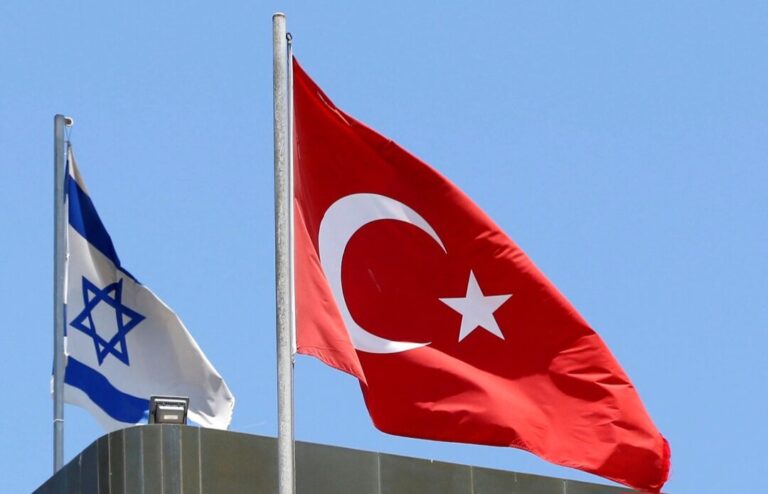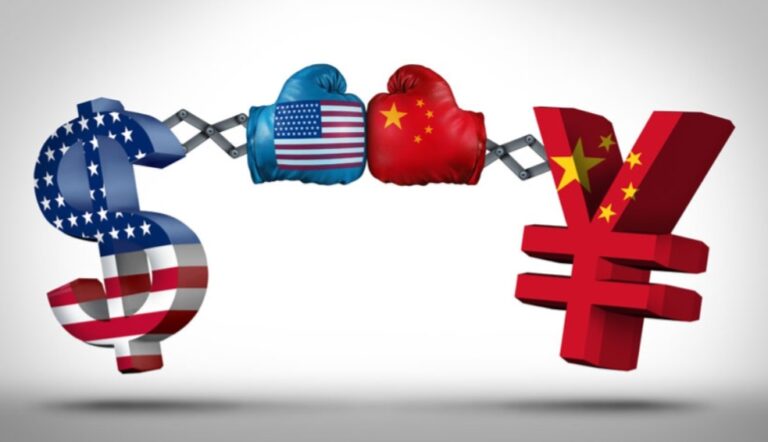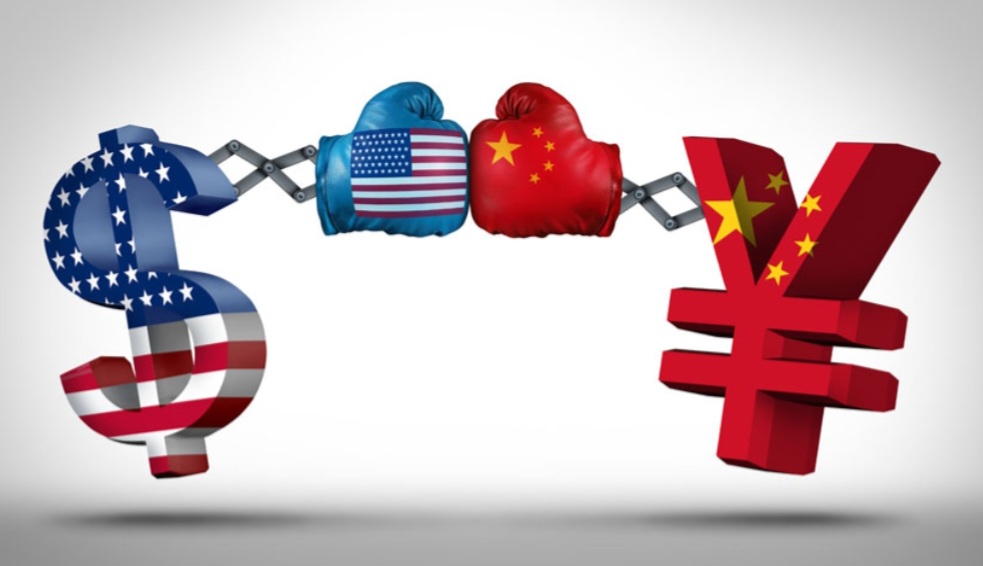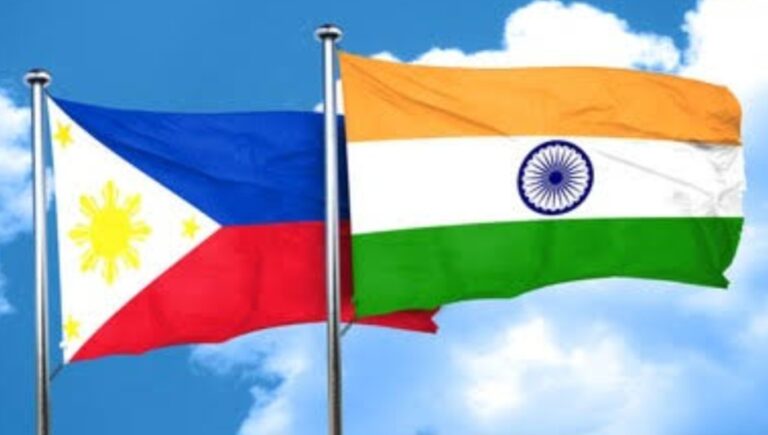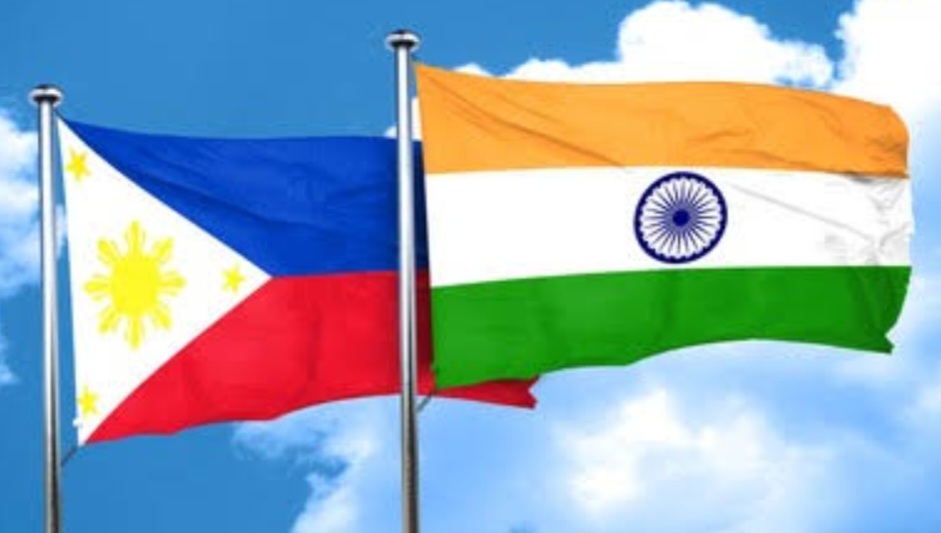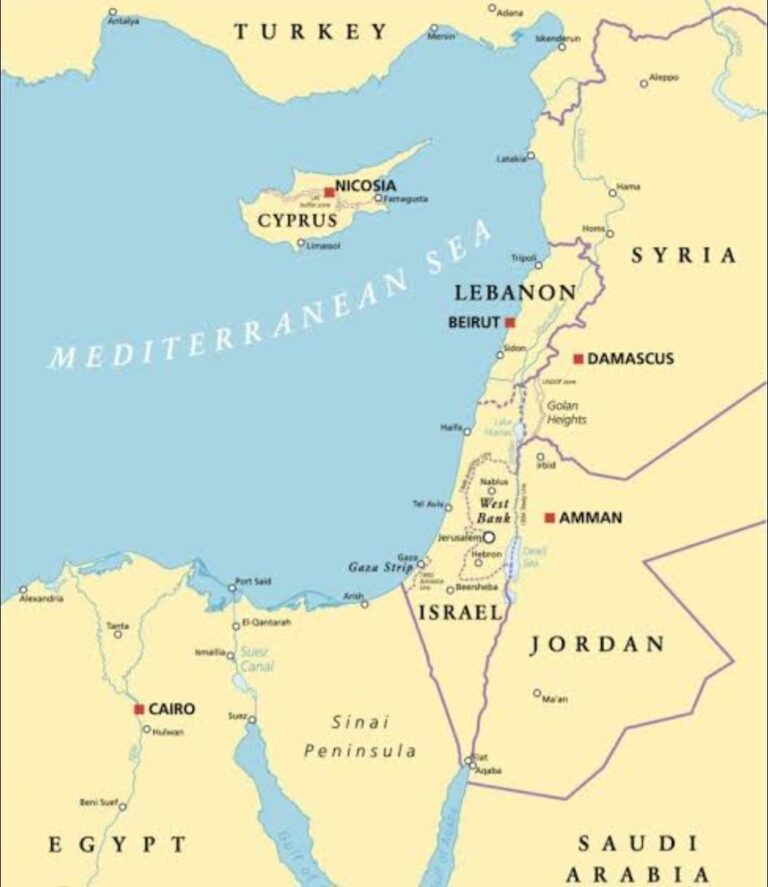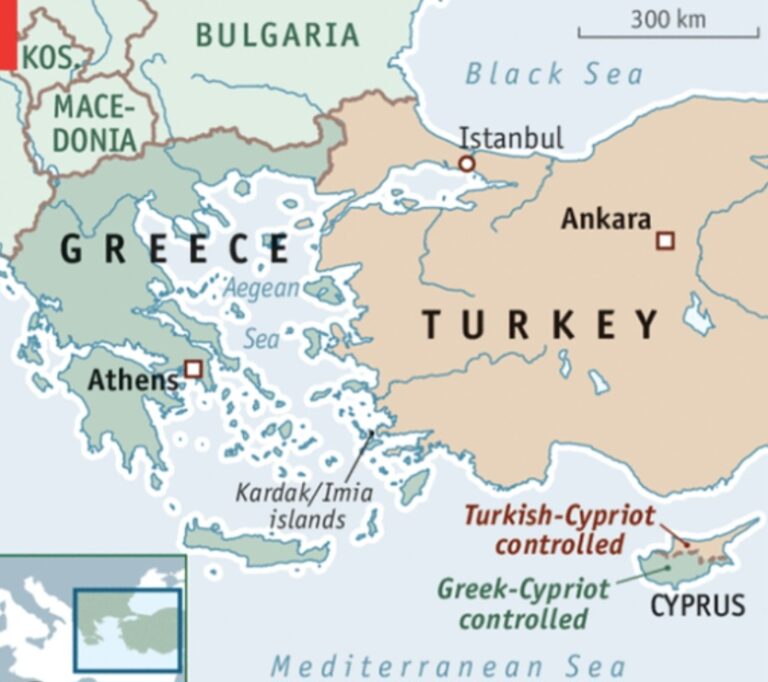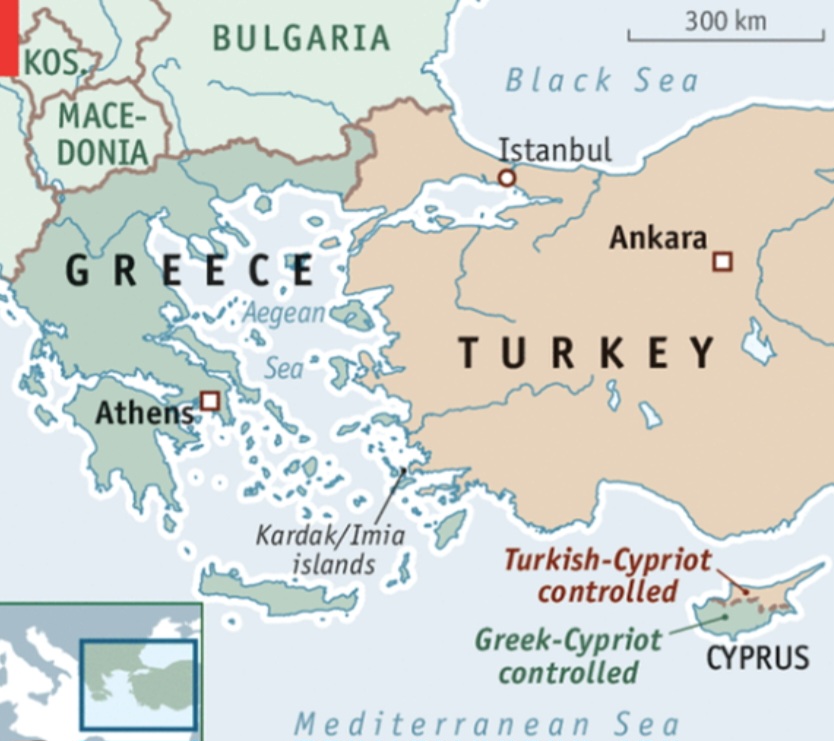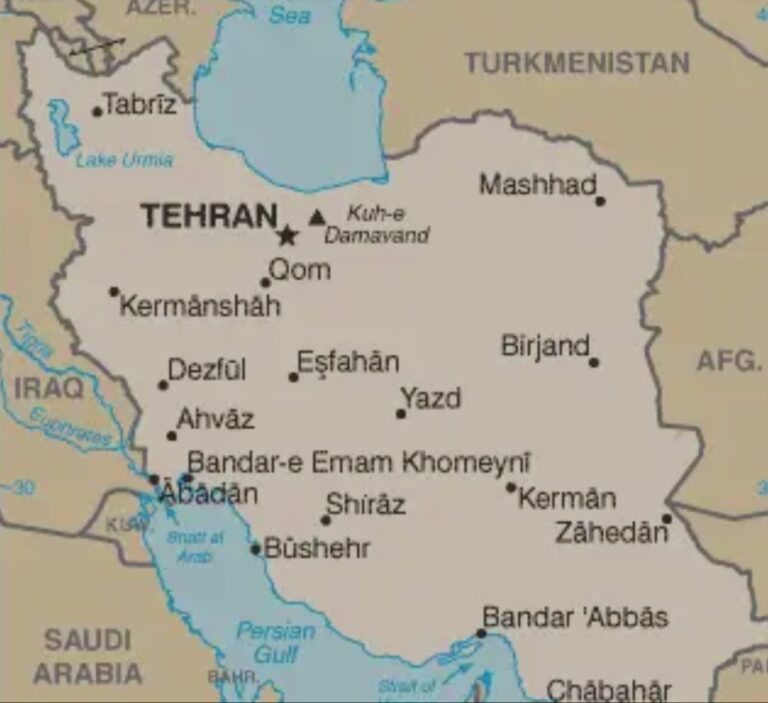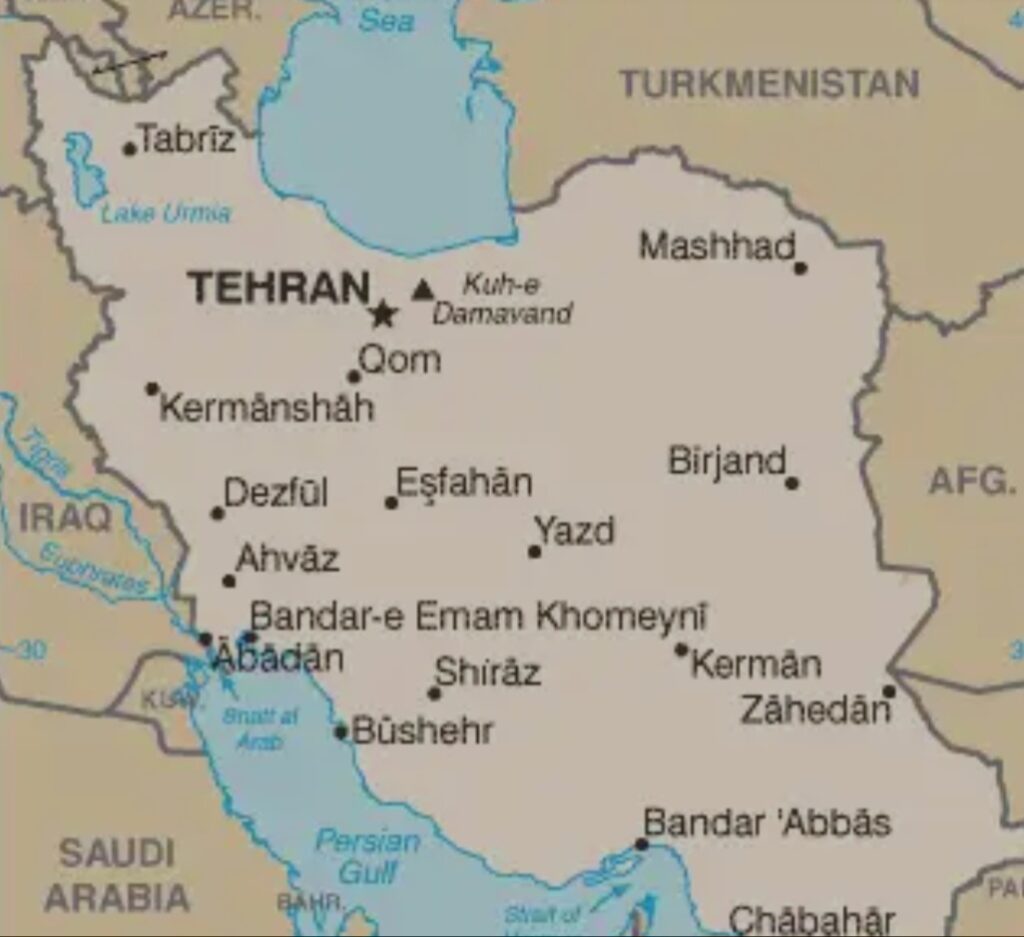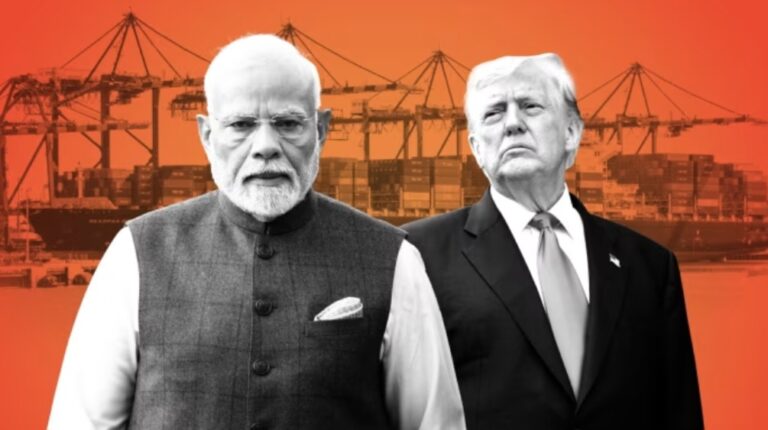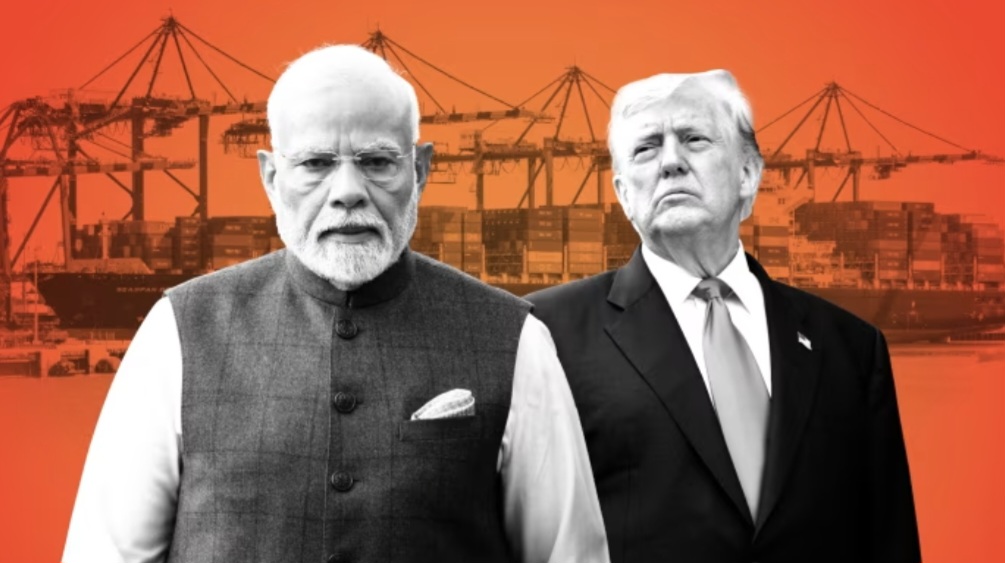By: Shreya Dabral, Research Analyst, GSDN

A significant paradigm shift is occurring in how Israelis view their enemies in the region, as the forces in the Middle East are yet to realign the balance of power. Since the past decades Iran has been holding the limelight as a threat to the Israel state; a tom open country with possibilities of attaining nuclear weapons whilst having a long track record of close associations to terrorists like Hezbollah and Hamas. However, in the new reality since 2023, the new player is gaining increasing importance: Türkiye. Türkiye was a good partner of W.T.E. that addressed many regional problems in the past, but is currently considered more as a potential adversary by Jerusalem’s defence-related circles. Is Türkiye the new big menace to Israel in the wake of Iran?
New Strategic Emphasis- The Post-Iran
In addition to the consequences of the catastrophic war that took place between Iran and Israel in the years 20232025, commonly referred to as the Second Shadow War, the region started losing a significant portion of the Iranian strength. Its economy was in a shambolic position due to sanctions, but it was even worse after sanctions, when it was isolated internationally. The war has not only disarmed Iran as far as the nuclear structure is concerned, but it has also reduced its operations in Syria and Lebanon in the region. This shift left a new geopolitical vacuum around, and with it, Türkiye quickly crowded into that vacuum.
Iran has been restricted about its direct attack on Israel, and this does not warrant Israel to reduce its defence. Instead, there is attention to the indiscreet yet violent encounter of Türkiye, the amassing of might, the vigorizing of diplomatic enterprise, and the enmity of the ideologies of Israel.
Military Expansion of Türkiye in Syria
The increasing presence of Turks in Syria in military terms has been one of the most disturbing tendencies to Israel. As the Assad regime crumbled, Türkiye was not afraid of establishing a presence in the northern part of the country. Türkiye gained influence in keeping the Syrian National Army (SNA) at its northern border, which consists of breakaway Syrian rebels who have allied with Türkiye.
Türkiye now has several military bases in Syria in the North. These include training and arming rebels and funding rebels, some of whom have strong anti-Israel ideology owing to their geographical region of operation. The presence of militias that are affiliated with Türkiye on its northern border is very problematic for Israel. By attempting to establish immediate order and dispatch its troops there, instead of Iran sending its proxies (Hezbollah, for example), Türkiye is not the same kind of threat, though perhaps more erratic.
Ideological War of Erdogan against Israel
President Erdogan is in the spotlight on various occasions over his provocative speeches against Israel. He has called Israeli leaders Nazis, the Gaza war a genocide, and Türkiye the protector of Jerusalem. He states not only politically expedient things, but there is more to the fact that there is an ideological divide.
By acting on this position under Erdogan, Türkiye will have become an Islamist populist and will have become the guardian of the Muslim identity and values. In this narration, Israel is depicted as a colonial distributor and an Islamic antagonist. This is not exclusive to speeches, as this attitude to the world can be seen in the way foreign policy is made and conducted in Türkiye with respect to foreign relations and policy. Saudi Arabia and the UAE, on the one hand, had been pursuing the option of working with Israel, whereas in Türkiye, the trend has been on heightening alliances against Israel.
Hamas: A Turkish Red Line to Israeli Dependence
The Hamas supported by Ankara is, perhaps, one of the most open spheres of the conflict between Türkiye and Israel. Whereas most other Sunni majority countries have distanced themselves from the Palestinian militant group, Türkiye has gone a step further and embraced the head of Hamas, providing him with refuge and financial support as well as Turkish citizenship in certain cases.
Hamas officials have been caught in photos with their high-end connections in Ankara. Türkiye has been reported to allow the operation of the financial network and the crowdfunding of Hamas in Turkish territory. This was a warning sign to Tel Aviv, especially following the 2024 rocket attacks from Gaza, which, they assert, were preplanned with the assistance of Turkish-based agents.
In the case of Türkiye, it holds deep affiliations with Hamas to Israel as the ultimate diplomatic insult that, in turn, constitutes a national security risk to the country. Cooperation in the region is a hard-hitting issue because although the U.S and the EU have categorized Hamas as a terrorist organization, Türkiye considers Hamas as a resistance movement and is not ready to declare it as a terrorist organization.
Binding the Horns of the Eastern Mediterranean: Türkiye Major Battle Groups: Türkiye is experiencing a naval building spree, which encompasses the acquisition of six large-scale battle ships, besides establishing a submarine factory.
Another area of serious conflict in the region has been the Eastern Mediterranean since Israel possesses a lot of natural gas. The hostile maritime policies of Türkiye, especially the Blue Homeland Doctrine (Mavi Vatan), pose a threat to Cyprus and Greece and have an impact on the rights of Israel regarding energy exploration.
Tight security in disputed seas has also seen Türkiye deploy warships and research vessels into exploration areas where it claims maritime rights that overlap with areas of interest claimed by Israel as an Exclusive Economic Zone (EEZ). Israeli leaders fear that Tk could try to scuttle offshore-gas pipelines or drilling operations, most of which involve Israeli, Greek, and Cypriot players.
In 2025, there was a tense maritime showdown when a Turkish warship trailed an Israeli exploration vessel in the Leviathan gas field. This implication was followed with no shot; the message was clear: Türkiye is ready to apply its power over water even when it will aggravate the condition in the region by the use of regional war.
The Drone Force of Türkiye: An Increasing Menace
The air superiority in the region has remained that of Israel, but the defence industry of Türkiye is quickly catching up. The drone program, spearheaded by firms such as Baykar (owned by the family of Erdoğan), has resulted in the creation of highly capable drones such as the Bayraktar TB2 and Akinci, which have found good success on battlefields in Libya, Syria, and the Caucasus.
Not only are these the combat-tested drones, but they are also massively exported. Türkiye has been exporting drones to some countries, such as Ukraine, Azerbaijan, and Qatar, gaining strategic goodwill and military profit. The Turkish drones in hypothetical future warfare are likely to compete with Israeli superiority in surveillance and precision targeting, especially in war-torn countries such as Syria and the Mediterranean.
Israel, considering this, has begun stepping up counter-drone technology and cyber-defences. Nevertheless, the gap in technology continues to become smaller, and Türkiye’s dreams of entering drone warfare are one of the crucial issues to be worried about.
The Global Islamist Diplomacy of Türkiye
In addition to military and energy conflicts, Türkiye is diplomatically on military and energy fronts to sabotage Israel in the world arena. It has been conducting militant initiatives in the Organisation of Islamic Cooperation (OIC), painting Israel as a rogue state accused of war crimes.
Since the United Nations and International Criminal Court are considered to be the halls of the Global North, Türkiye is also standing up for the rights of the Palestinians and other Global South issues. It employs religious diplomacy, creating mosques, Islamic schools, and investing in cultural institutions to create goodwill where Israel is unrepresented to a large degree.
Taking advantage of such ideology, Türkiye is also deploying its ideological scope to the Balkans, Africa, and Central Asia, and creating narratives that on many occasions present Israel as a plunderer. Such a hearts and minds strategy contributes another level of psychological and diplomatic warfare in the Turkish challenge to Israel.
NATO Paradox: The Western Shield of Türkiye
Türkiye, unlike Iran, is a member of the NATO, which complicates an altercation. The alliance technically requires Türkiye to operate in tandem with the Western powers; however, the acts of Erdoğan have been ones where he has done such actions individually by purchasing Russian S-400 missile systems, countering the U.S policies in Syria, and being a threat to the integrity of NATO.
In the case of Israel, this entails that a blatant confrontation with Türkiye may split the unity of NATO and potentially bring Türkiye closer to Russia or China. Though the West has been quiet about the regional action of Türkiye, it has never really imposed significant sanctions on it due to its strategic position and NATO member status.
Such geopolitical positioning is providing Türkiye with greater diplomatic agility than Iran has ever had, and one far more formidable in matters of grey-zone warfare, hybrid conflict, and geopolitical domination.
Internal Fragility: A Weak Point of Türkiye?
Declaring its bold steps, Türkiye does have its weak points. Its economy is shaky with high rates of inflation, a depreciating currency, and a debt burden. Erdoğan is increasingly challenged in Türkiye, where he is opposed by urban secular voters, as well as by the younger generation. Elections are still held, and at certain times, the opposition has gained substantial ground.
Israel can exploit this internal weakness to include in a non-military containment approach: building relationships with Turkish civil society, promoting moderate voices, and combating the anti-Israel propaganda, via media diplomacy.
Moreover, the Turkish desire to do more than they are doing can often take place. It occupies military bases in Syria, Libya, Iraq, and Azerbaijan at a time when its military and treasury are strained. Israel is still able to isolate Türkiye on a diplomatic level without necessarily going to open conflict, without weakening its regional alliances.
Not an Existential Threat; however, it is a Competitive Threat
Türkiye is not Iran, at least not yet. It is neither nuclear nor aspirational, and its danger is ideological, regional, and hybrid but not existential. But it is proving to have strong strategic capabilities, the capabilities of a competitor that is attempting to challenge Israel on various levels, at military, at diplomatic, at economic, and even at ideological levels.
Israel needs to take a future path that requires a reshaping strategy. The development of more robust regional coalitions (particularly with Greece, Cyprus, Egypt, and Gulf countries), as well as investments in naval and cyber capabilities and in controlling the influence of Türkiye through a policy towards it via soft power, are critical junctures.
The rise of Türkiye should not be ignored. However, maximum confrontation is put on it, as in the case of Iran, it can also backfire. The assignment is: to balance somewhere in between: to curb the aspirations of Türkiye, but also, on the other hand, not to run headlong with it end to end, destabilizing even further the region.

About the Author
Shreya Dabral is pursuing her Master’s in Mass Communication from Guru Gobind Singh Indraprastha University, New Delhi. She balances her academic journey with active roles in research and digital media. Her research paper on consumer repurchase behaviour in the skincare industry, published in the International Journal of Scientific Research and Engineering Trends (IJSRET), is a testament to her curiosity, clarity, and commitment to exploring audience-brand dynamics in a digital age.

